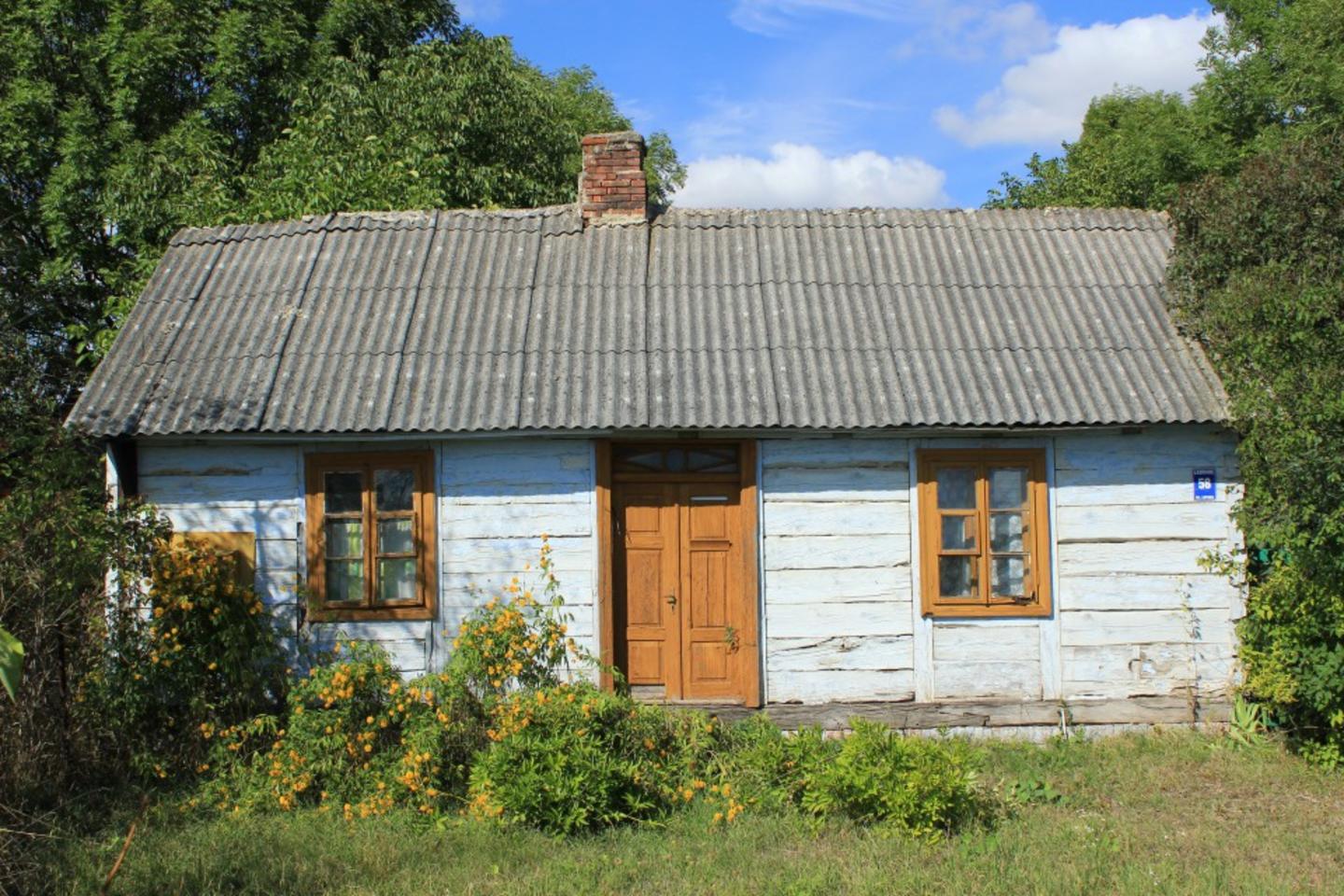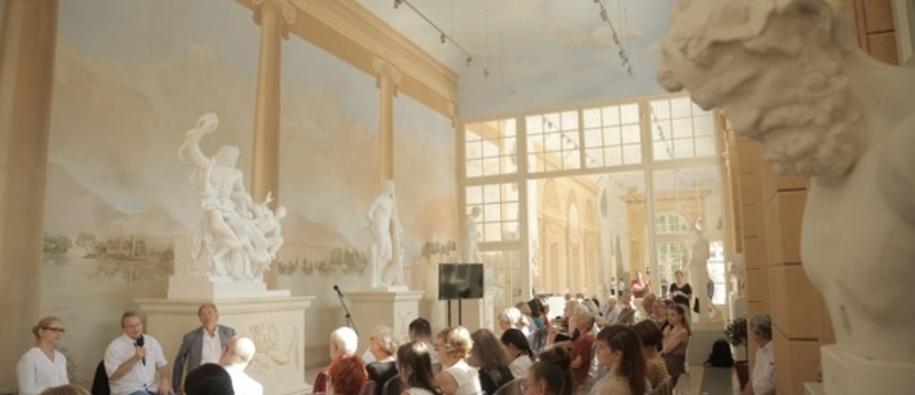The aim of the conference was to summarise results achieved under the Polish ‘Conservation and revitalisation of cultural heritage’ and the ‘Promotion of diversity in culture and arts within European cultural heritage’ programmes financed by Iceland, Liechtenstein and Norway through the EEA and Norway Grants 2009-2014. The conference also showcased all EEA funded culture projects in Poland in an open air exhibition for the general public at the Royal Lazienki.
Establishing strong bilateral partnerships
The conference underlined that the funding has contributed to strong bilateral partnerships being forged. In the area of cultural diversity and exchange, all 62 projects were carried out in cooperation between cultural players in Poland and entities in the donor countries. These partnerships stimulate the exchange of knowledge and experience, which in turn strengthens the capacity of cultural professionals to work across national borders in international cooperation – while at the same time also offering them greater career prospects.
Funding aimed at increasing cultural diversity and exchange resulted in more than 2,800 events involving nearly 6,000 direct jobs for cultural players – spilling over into other areas of service provision and indirectly stimulating job potential.
The funding made it possible to involve more than 1,400 volunteers in culture-based activities and providing them with valuable work experience within the field. Around 40% of the funding in this area went to non-governmental organisations.
Increasing access to culture
The funding for cultural diversity and exchange has made it possible to reach out to more than 1.5 million people giving them access to cultural events. In addition, the projects have greatly contributed to raising awareness about cultural diversity and forging greater mutual understanding.
Within the area of cultural heritage, the total number of direct jobs resulting from restoration and activities in revitalised heritage buildings and sites have not been aggregated. Depending on the project, the number of new jobs ranged from two to approximately 20 per project. The report ‘Cultural Heritage Counts for Europe’ (2015) indicates that the cultural heritage sector is estimated to produce 26.7 indirect jobs for each direct job by its impact on services. Taking this into account, a number of indirect jobs may be considered to have resulted from EEA funded cultural heritage activities in Poland and the donor countries.
Based on experience from the 2004-2009 funding period, the conference also discussed some examples of results that were achieved during this period:
- Renovated buildings attract more visitors; the refurbishment and updating of the Gallery of 19th century Polish Art at Sukiennice raised the annual number of visitors from 52,000 to 224,000. That represents an increase of 328%.
- Increased footfall leads to higher revenues. For example, the Museum of Nature and Technology in Starachowice saw an increase of 31% in its revenue.
- Projects not only revitalise the heritage buildings itself, they tend also to help regenerate surrounding areas resulting in increased tourist related provisions of services. For example, the conservation and renovation of the fortification of Zamość old town resulted in 60 new service points.
- Renovation also makes it possible to increase the number of events taking place in these buildings. For example, the support for the renovation of the Arsenal at Ujazdowski Castle in Warsaw raised the number of annual events from 45 to 170 - equalling an increase of 284%.
- It was underlined during the conference that renovation makes buildings more attractive. By revitalising the renaissance synagogue in Zamość, it became a historic landmark in the area, as it is the only Sephardic synagogue in Poland.
High-level participants
The conference was attended by stakeholders who have been involved in the projects, Wanda Zwinogrodzka, Undersecretary of State in the Polish Ministry of Culture and Natural Heritage, Bård Folke Fredriksen, State Secretary in the Ministry of Culture in Norway and the Norwegian Ambassador to Poland, Mr. Karsten Klepsvik.
During an event on 28 September, programme operators from all ten countries implementing the ‘Promotion of diversity in culture and arts within the European cultural heritage’ programme financed by the EEA Grants shared information on the programmes they are currently running – while also looking ahead at possible ways to sustain achievements that have already been reached.

